Life skills and leadership skills are integral for the development of any individual but are especially important for underserved children in India. These children often come from disadvantaged backgrounds and lack the resources, guidance, and support that other children have access to. As a result, they face unique challenges in their lives and require specialized education to help them reach their full potential.
Enabling Leadership, a global non-profit organization, is engaged in enabling such children to have experiences and opportunities to learn leadership and lifeskills first-hand via creative and fun programs using music, sports, and games. In this exclusive dialogue with TheCSRUniverse, Mr. Ravi Sonnad, Founder and CEO of the organization, shares that strong leadership skills are vital to creating choices as well as making the right choices, and how Enabling Leadership is working towards helping children in this direction.
For more insights, read the full interview below:
Q. Please tell us about your recent pan-India mixed-gender football competition and how this part of your EL-PLAY programme aligns with the broader vision and mission of Enabling Leadership.
A. Enabling Leadership aims to build essential Life Skills and Leadership Skills in underserved children who attend government schools. An essential part of these skills is to learn about diversity and inclusion. In today’s global workforce it is critical to learn how to interact and work with people of various backgrounds and irrespective of gender, ethnic and economic background, or religion, learn how to effectively collaborate.
In addition, our goal is to eliminate gender biases so that girls and women have an equitable opportunity in work and life. To achieve this goal, we need to ensure that both girls and boys see others defined by their roles and not by their gender. The mixed-gender league format gets them to practice together as a team, working towards trying and winning their matches with a focus on strategy and position and a cohesive mindset that is about trying to win by working together as a team.
Q. Your initiatives are designed to integrate sports with gender equality. Could you share some examples of cases or scenarios where you could achieve this goal?
A. In general, there is a belief that boys (and males) should engage in sports and girls should not. This difference becomes even more acute as they grow into their adolescent years and gender stereotypes start to come into play in their ecosystem. These perspectives are even more prevalent among parents who come from socially and economically disadvantaged backgrounds. Sports in general is a big equalizer since it allows one to discard these biases. When a parent can say, “My daughter plays a sport, and I am proud of how good she has become at the sport” it is the starting point of the change in societal norms which then cascades into all walks of life and work after that.
Sports, especially team sports encourage the development of many essential skills that become crucial for success in work and life. For example, one learns to communicate and collaborate effectively, one learns how to think on one’s feet and make quick decisions, etc.
Q. You are working towards imparting leadership skills to children along with promoting diversity and inclusivity. What are the specific steps taken in this direction and what has the impact been so far?
A. Our programs use curriculum, content, and pedagogy that we have developed based on evidence and research in the fields of child development and psychology, and behavioral sciences. One of the essentials of our intervention is the involvement and engagement of all the stakeholders involved in the child’s development – school teachers, parents/caregivers, and community members. This ensures that the child gets all the support needed to develop these leadership skills.
We have seen numerous positive changes across various demographics through our programs. Children can articulate their aspirations set goals, and work towards achieving them. Parents see changes in children’s discipline and routine. Teachers report improved attendance at school and class participation. More importantly, parents and community members have become more supportive of children’s future goals and aspirations.
Q. In your opinion, what are the most pressing challenges when it comes to fostering leadership skills in students from underprivileged backgrounds, and how is Enabling Leadership helping in addressing them?
A. There are two major challenges – the first is simply access and opportunities. When children come from socially and economically disadvantaged backgrounds, between their parents, the schools they attend, and the communities they live in, they do not have the access and opportunity to learn these skills. The second is the support of the parents/schoolteachers and community members. It becomes harder for these stakeholders to foster an environment where children can flourish when they are mostly dealing with day-to-day livelihood-related struggles.
At Enabling Leadership, we are addressing these by working in government schools and thus reaching the demographic that needs access and opportunity the most, and by involving the school, the parents, and community members in our intervention.
Q. Besides the mixed-gender football tournament, what are the other projects you have undertaken in the recent past? How are these projects progressing?
A. We have three programs – EL Play uses football, EL Create uses Music, and EL Build uses Lego-type of building blocks. Football, Music, and Lego-type of building blocks are well-researched mediums ideally suited to inculcating these skills. All three programs work towards the same set of Leadership Skills development outcomes. The programs have content and pedagogy specifically designed to make the best use of these mediums toward the desired outcomes. In addition to the mixed gender format in our EL Play program, EL Create uses song-writing workshops which result in the children writing their own songs and performing their own compositions and the EL Build program uses a “community walkabout” where children identify community problems, brainstorm solutions, build structures to represent their solutions and present these solutions in front of an audience.These types of program innovations are designed to help children develop these essential skills.
Q. On-ground implementation is crucial when it comes to any development project meant for the masses. How do you finalize your implementation partners and which organizations are you working with for your major projects?
A. 80% of our intervention happens in government schools. To work in the schools, we first obtain permission from the local education officers and then collaborate with school principals. A smaller % of our programs run in low-income private schools where we work directly with the school authorities.
Q.In your opinion, how can implementation partners enhance and streamline the reporting process for CSR programs to ensure effectiveness and simplicity?
A. Since we work primarily with and in government schools, better collaboration and cooperation with the education department will help ensure that the programs are implemented more smoothly and ensure that we get adequate feedback and data to show the impact of our programs. In addition, a larger proportion of our sessions today are conducted before or after school hours. If the schools can make space within the school hours for our program interventions, this will go a long way to ensuring that this type of skill development is integrated into the schooling system and is considered equally critical to academic development in the holistic development of the child. This has been very clearly articulated in the NEP and only needs the support and cooperation of each state’s education department to ensure effective implementation and results/outcomes.
Q. What recommendations do you have for policymakers to simplify the implementation of CSR programs? Are there any specific policy changes or incentives that could create a more favorable environment for the long-term success of these programs?
A. Today, Corporate CSR departments are reluctant to support programs such as ours because (a) it requires a longer-term intervention and sustained investment, and (b) the outcomes are harder to measure and are further down the road from the period of intervention. Yet, these investments are critical to ensuring that the youth of today develop into productive and responsible citizens – and given the scale of the problem (1 in 4 school-going children in the world are now in India and 130 Million of them attend government schools) requires civil society, business, and government to come together, which means that CSR policies should make it easier to have a greater focus on these types of investments, which would yield far bigger gains albeit a little bit later.
Ensuring results and positive outcomes in a social endeavor is far more complex compared to a corporate environment. Social initiatives need adequate talent which means that there needs to be sufficient provisions in CSR policy to support and fund organizational development – only supporting programs and beneficiaries will yield mediocre outcomes.
Q. Looking ahead, how do you see your social initiatives evolving and scaling up in the near to medium future? Are there any upcoming projects, partnerships, or innovations that you are looking forward to?
A. For any social initiative to have a meaningful impact in a country like India, it is important to think about how to scale these interventions. This requires a combination of innovative use of technology, support from the government, and adequate funding.
Today, we work with and impact 10,000 children. Our goal is to reach 1 million children over the next 10 years, 60% of them in rural India. We are actively working towards implementation and funding models that will help us reach this goal.





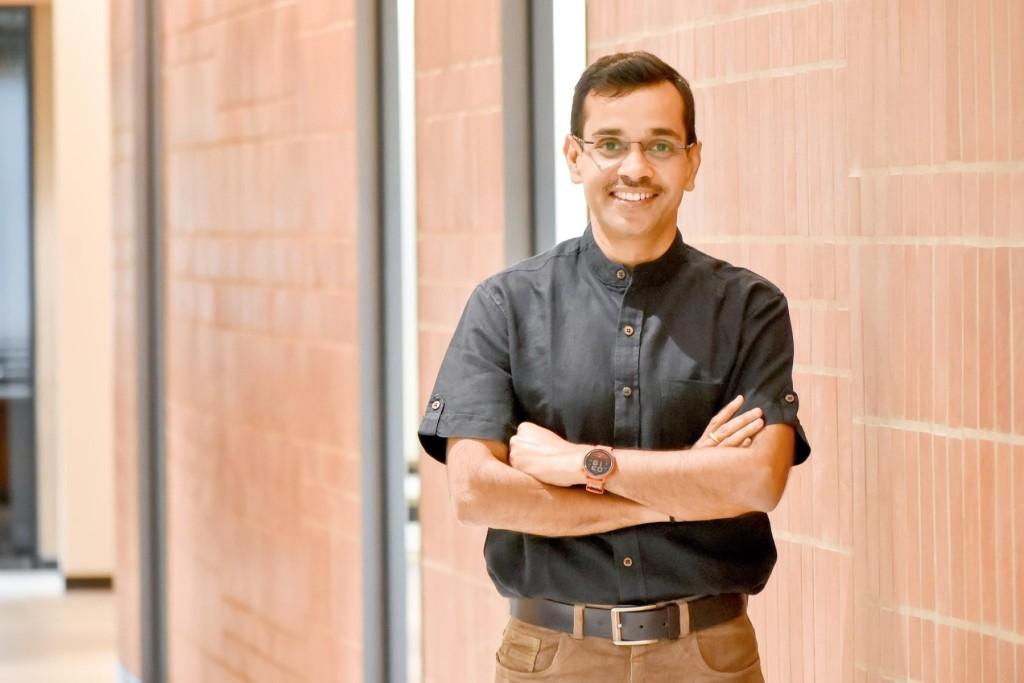

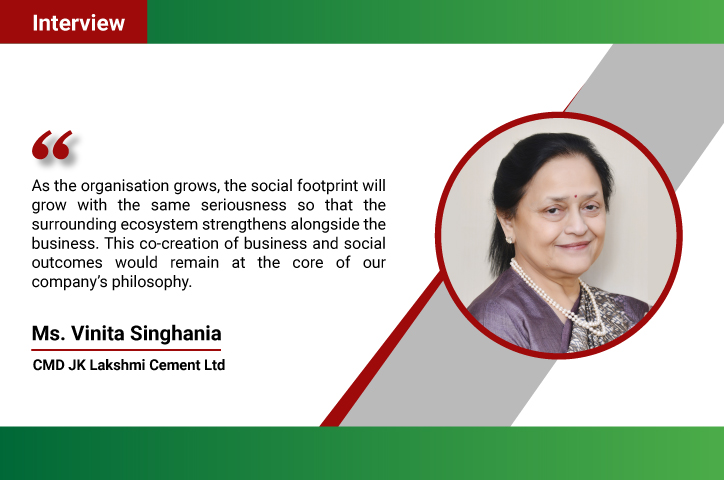
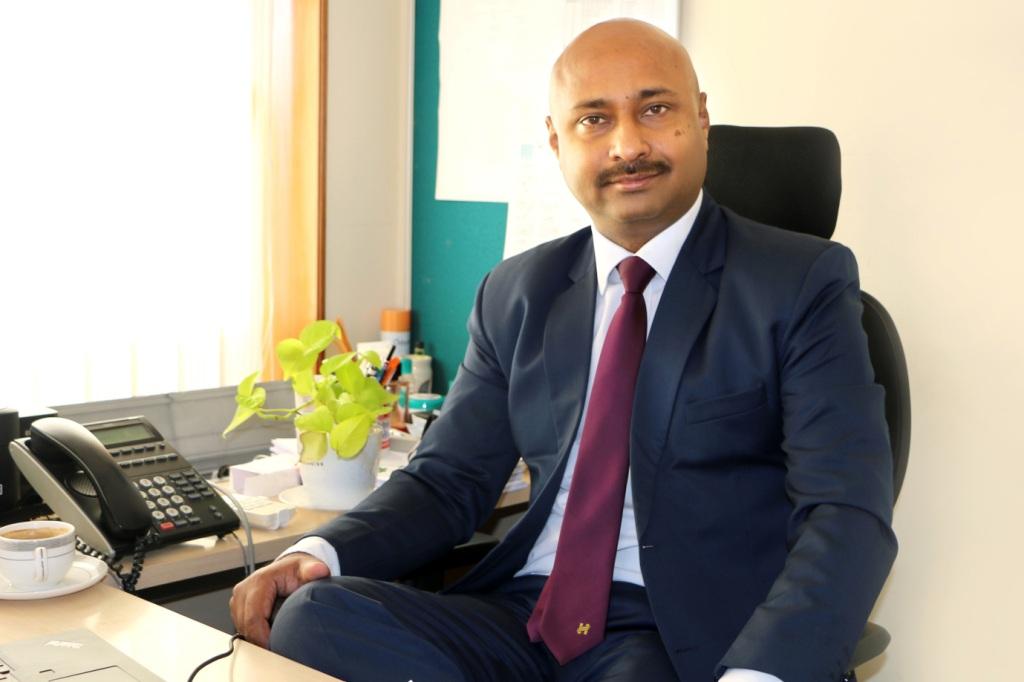

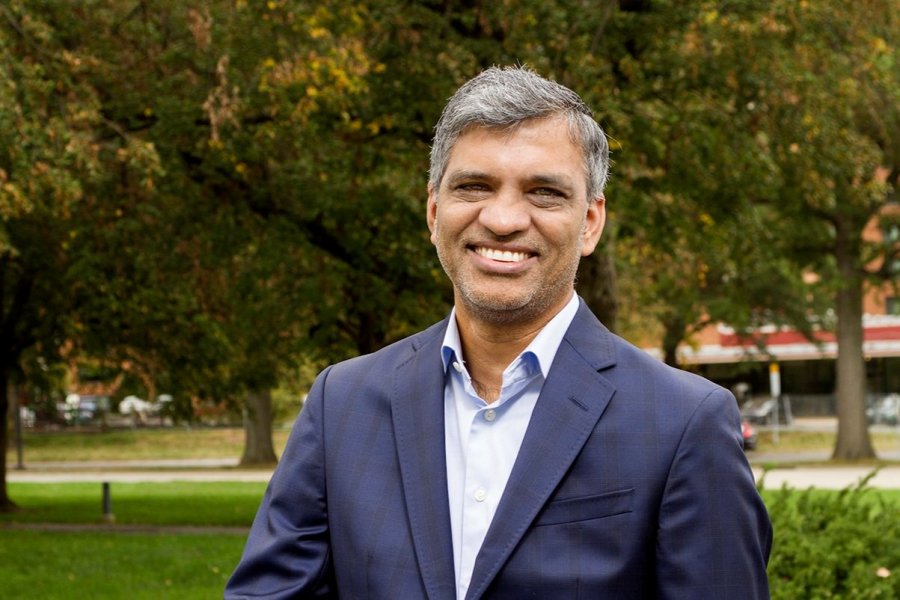



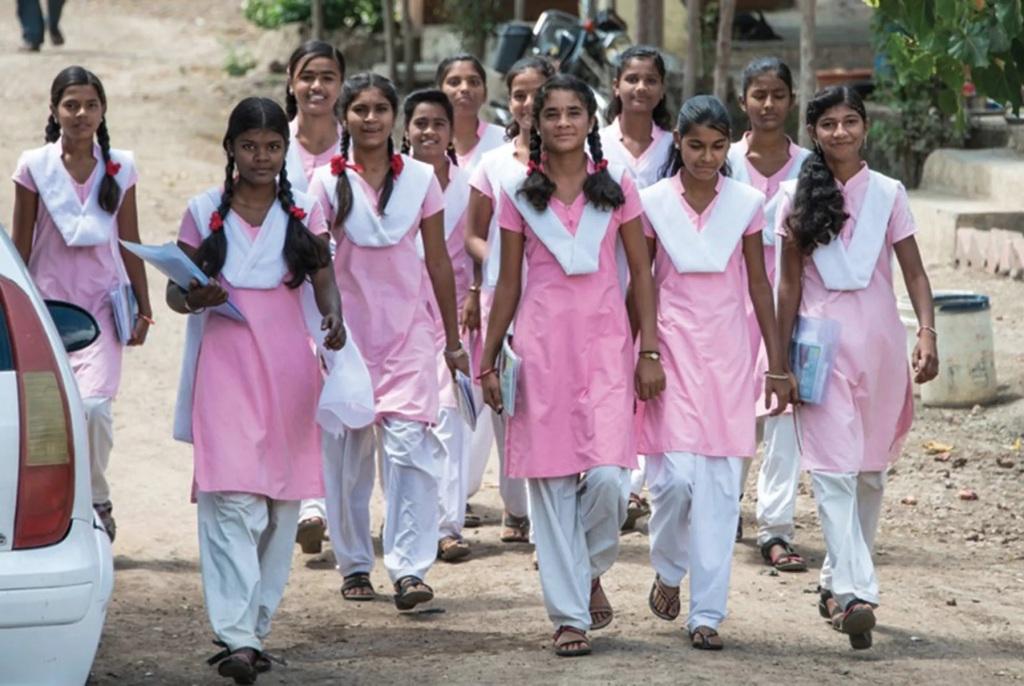

.jpg)




